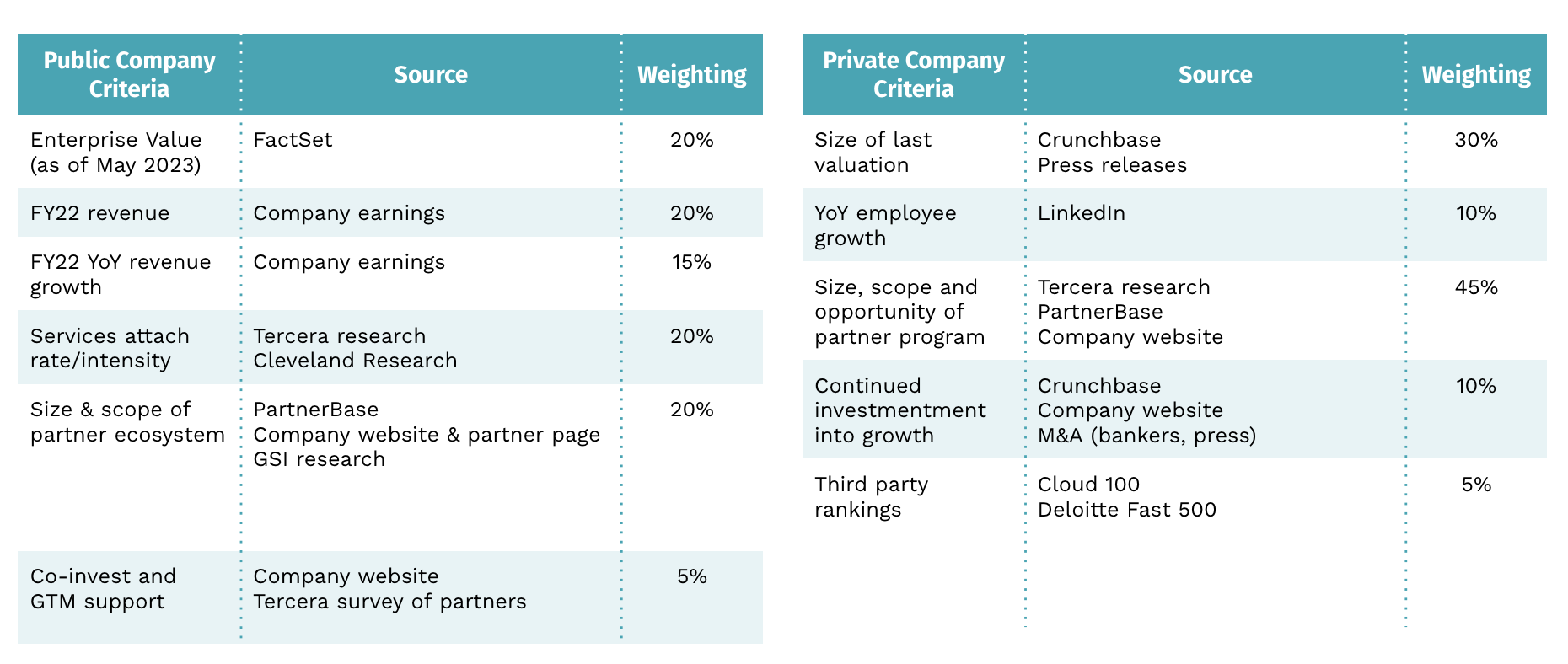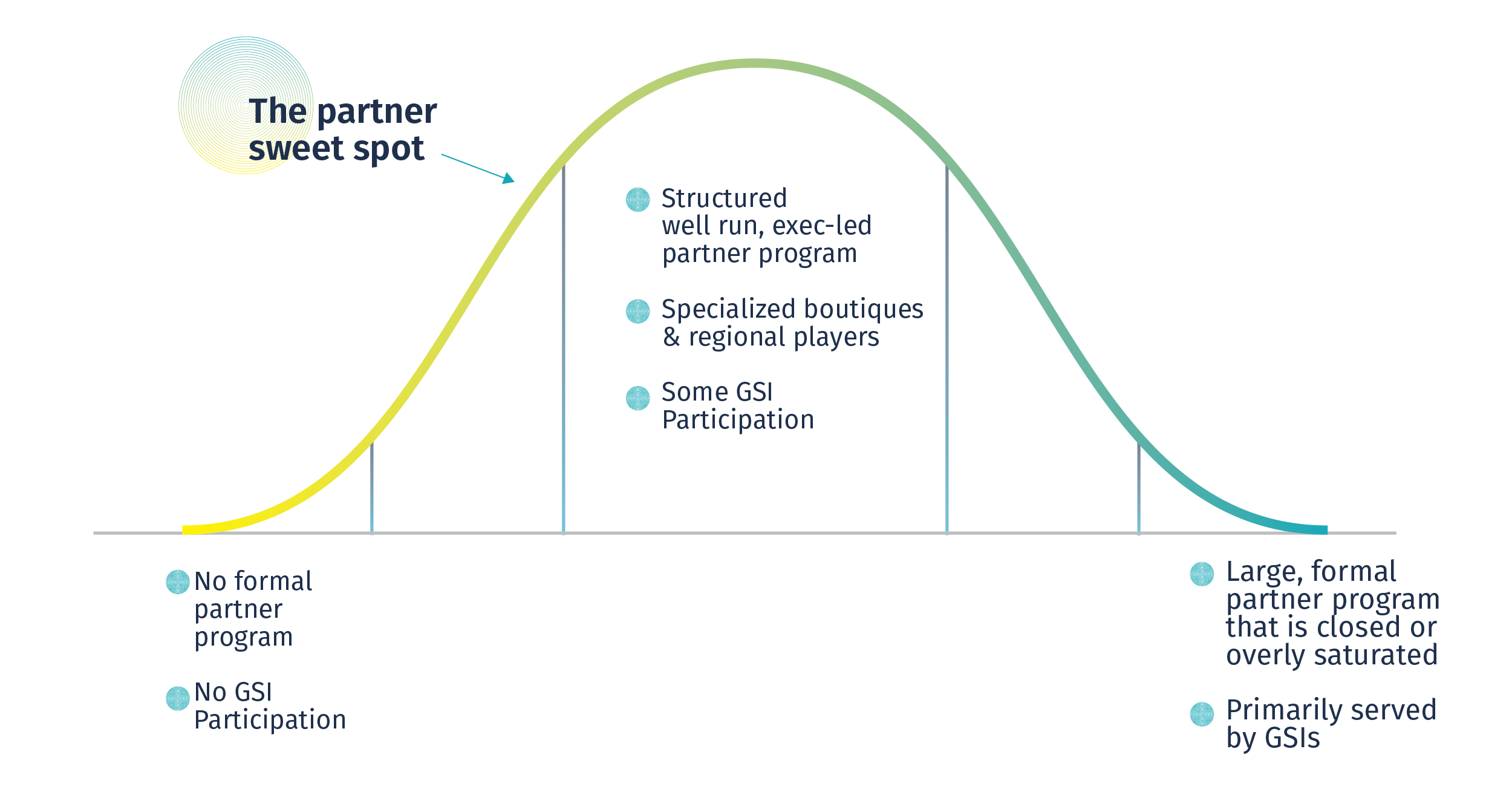Are you working harder than ever but not tackling your company’s most strategic priorities? Do you feel like you’re being pulled in too many directions and still not making progress in areas? Are you worried about silos creeping in as your company grows? Do you feel disconnected from your teams and not being told the hard truths?
If any of these feelings resonate with you, it might be time to bring on a Chief of Staff (CoS).
What is a Chief of Staff?
A CoS is a multi-faceted position whose mandate is to make sure the entire organization is aligned, more productive and, ultimately, successful. They do this by serving as connective tissue between the executive they serve and the teams around them, enabling leaders to stay plugged into company-wide operations without having to keep up with the minutiae that can pull attention away from the bigger picture priorities for which they’re responsible.
A CoS doesn’t fill a single role like someone in engineering or sales. They’re an advisor, communicator, integrator, executor, and catalyst for change in your business. Someone who can be a bridge between all the players on a leadership team, and oversee high impact projects to ensure goals are met.
A CoS doesn’t fill a single role like someone in engineering or sales. They’re an advisor, communicator, integrator, executor, and catalyst for change in your business.
I spent many years as an operations and services leader in large software companies, mid-size SaaS companies and small services organizations , and I can attest to the power of the CoS role. In most of these roles, I assumed the functions of a CoS – sometimes with the formal title, sometimes not – helping drive cross-functional projects, providing executive advisory support and supporting talent development initiatives. The ability to tackle these responsibilities and add much needed capacity enabled executives to focus their attention on the priorities that needed them most, where they could have the most impact.
All that said, not every company necessarily needs a CoS. Read on to learn how to identify whether your company needs one now, what exactly that role may entail, and how to measure success for that role.
Do I need a Chief of Staff?
To determine whether or not you need a CoS, you must first honestly evaluate a few key areas of your organization. The biggest areas being: the alignment of your teams to your overall strategy; the efficiency of both you and your teams; the ability to execute and scale operations; and the quality of employee experience.
Take some time and perform a gap analysis on your organization to see where it falls short. Most companies will find some discrepancies between their expectations and reality. Too many gaps signal the need for a CoS.

Some of the key questions to answer when performing a gap analysis may include:
- Are you unable to find time to facilitate intradepartmental syncs to discuss priorities and feedback, learn about issues and promote cross functional collaboration to execute on projects?
- Do you know whether your leaders and broader organization are truly aligned to your strategy and the company’s values? Has the strategic vision been cascaded throughout your organization? Are recurring updates on those strategies delivered in an unstructured and infrequent manner?
- Do you struggle to find time to proactively understand and analyze performance metrics and implement changes that prevent problems from occurring?
One thing to note: The gaps you uncover will likely be a mixture of root causes and symptoms. Understanding the root cause is important, and may be something a CoS can help resolve. For example, if you have low engagement scores or poor execution of initiatives, why is that? Is it because the strategy is wrong or poor communication/lack of alignment around the strategy?
The gaps you uncover will likely be a mixture of root causes and symptoms. Understanding the root cause is important, and may be something a CoS can help resolve.
There is no specific formula that determines when you are ready to hire a CoS (e.g. a specific revenue or employee size). There is often a perception that a CoS is really a role designed for large corporations, but the reality is that a CoS can be very impactful in smaller growth-stage companies as well.
Who’s the right person for the Chief of Staff job?
To fill this multifaceted position properly, you need someone dedicated to the role.
A great CoS should have the right mix of hard and soft skills. They should be informed enough about your industry that they can be conversant in its language, yet conversationally aware enough to translate it to anyone. They should also be adaptable, disciplined, quick to learn and take ownership, and skilled at building trust in order to open up channels of communication. They’re true all-arounders that fit your organization’s needs.
A great CoS should have the right mix of hard and soft skills.
Because a CoS is an extension of the leader they serve, they should be a true fit for that leader’s personality and work style. While they should also bring their own unique talents to the table, without cohesion, it will be difficult for both parties to succeed. This is your go-to person who takes the initiative to double your capacity while still addressing the needs and concerns of the people working for you.
This person may already work in your organization, or you may need to hire them from outside. Either can work. To get a better idea of what kind of person you’re looking for, let’s explore more of what your CoS might actually do for your company on a daily basis.
What does a Chief of Staff actually do? How do you measure their success?
The CoS role can be hard to define since the CoS’s key performance indicators (KPIs) are often more qualitative than quantitative. This creates a level of ambiguity that most other roles don’t have, so a CoS’s KPIs will vary depending on the gap they are filling, what the organization needs at the time, and the business goals.
With this in mind, here are a few examples of what a CoS’s KPIs might look like:
Business Planning and Execution – Support ongoing strategic planning, orchestrating the development of cross functional plans for the upcoming fiscal year, and ensuring that the annual plan is defined and executed in a timely manner.
Executive Support – Enable executive efficiency and optimization of time. Conduct intradepartmental monthly meetings to sync priorities, share feedback between teams, help illuminate and resolve organizational issues and promote cross-functional collaboration.
Strategic Insights – Ensure performance insights are reported on to executives and key stakeholders and acted upon. Implement a reporting mechanism to track and report on monthly performance metrics, and work with key stakeholders on corresponding recommendations.
Operational Efficiency – Identify, recommend, and implement changes to increase operational efficiency on the ground. Conduct a holistic assessment of product operations and deliver recommendations for improvement by the end of Q3. Execute a minimum of two improvements by the end of Q4 from approved recommendations.
These are just some of the kinds of KPIs to measure a CoS. Others may involve developing strategic communication, facilitating intradepartmental relationship management or overseeing special projects and initiatives.
Again, the role is highly contextual, but that doesn’t take away from the immense value it brings to the table. Think about what areas of your business are struggling and how a CoS could tend to those needs.
Accelerating your Chief of Staff’s organizational impact
Once you hire a CoS, set them up for success. Open the doors for them by formally communicating the scope of their authority to your organization. Then install them as a part of your leadership team with a mandate of service to the leaders that surround them.
Onboarding your CoS means providing them with a wealth of exposure to all facets of the business. They must understand how the organization works end-to-end and be fully conversant about key strategies, operational issues and mandates.
Be honest and open about the issues and politics you see in the organization and how these affect your priorities. Any insight you can provide will help them navigate these dynamics with tact and understanding.
Recognize that the role must change alongside the organization. As the company evolves, the role should adapt alongside it to serve its needs.
Connect them with other leaders and decision-makers throughout the organization. Give them time to foster those relationships organically, and increase their visibility so they can execute and operate as a trusted advisor.
Finally, recognize that the role must change alongside the organization. As the company evolves, the role should adapt alongside it to serve its needs.
Refocus your leadership by bringing on the right Chief of Staff
As a business leader, you need to make the most of the limited time you have and surround yourself with the right team to maximize impact and sustain success. Dealing with organizational minutiae may be hindering your ability to lead effectively. As the saying goes, a strategic leader needs to work “on” the business, not “in” the business.
So instead of continuing to get lost in the weeds, appoint a Chief of Staff to be your trail guide. You need someone who can navigate the intricate undergrowth for you, and serve as the link between your high-level vision and the practical path forward. If you’re interested in learning more, connect and message me on LinkedIn.





